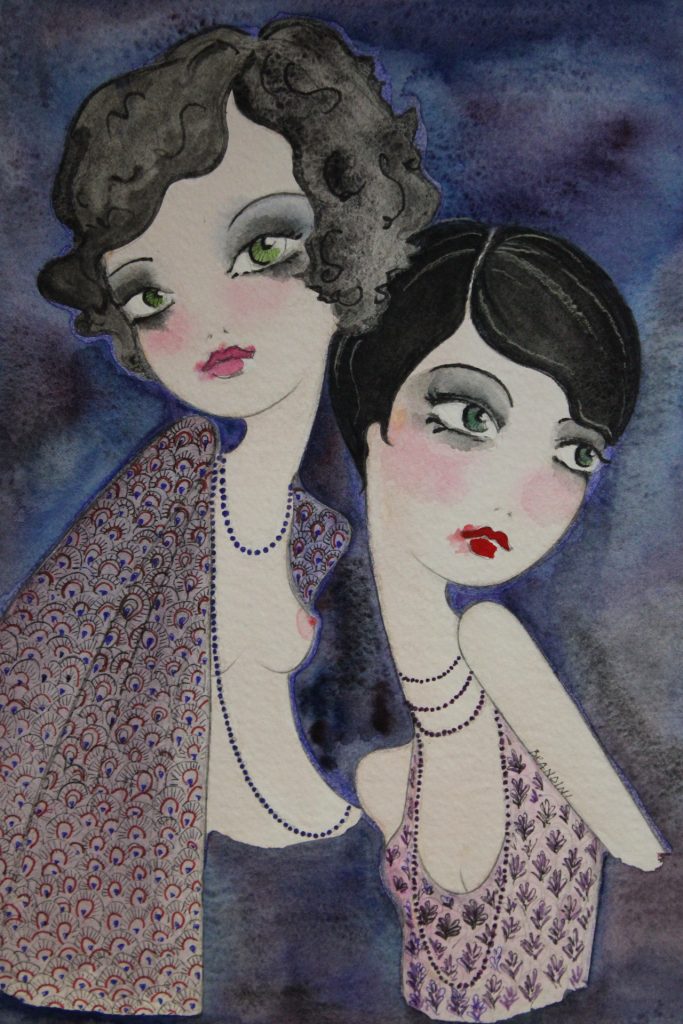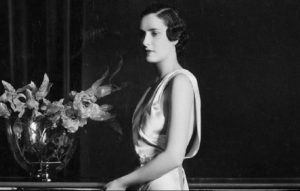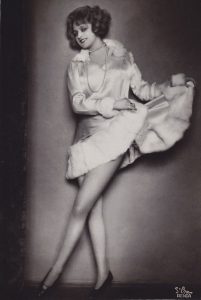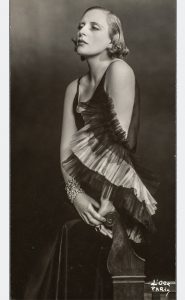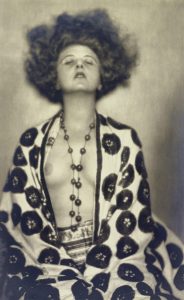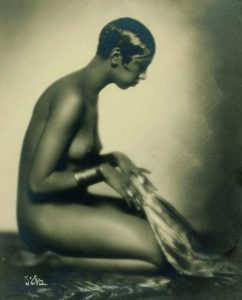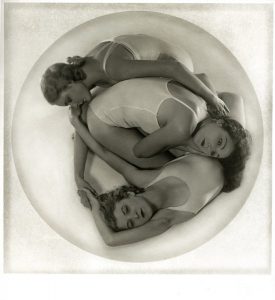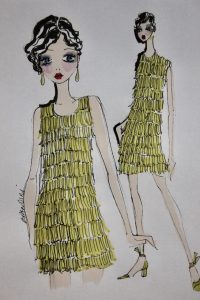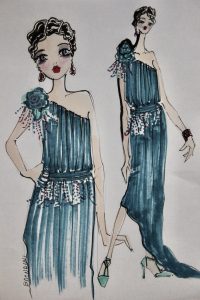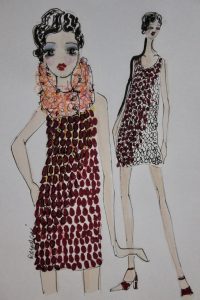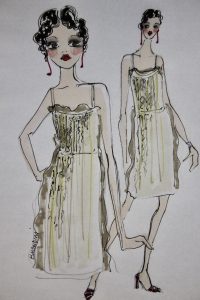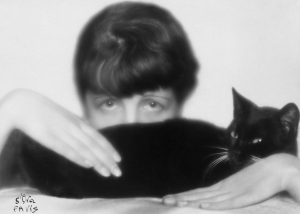“Smudged Lipstick” ( “Rouge à lèvres taché”) by Beatrice Brandini
Tamara de Lempicka photographed by Madame d’Ora (Dora Philippine Kallmus)
Dora Philippine Kallmus, aka Madame d’Ora, was the first woman admitted to the Vienna Applied School of Graphics in 1905, another immensely talented female figure who helped make women creative and independent.
Photo by Madame d’Ora (Dora Philippine Kallmus)
Also in 1905 she joined the Association of Austrian Photographers, quickly becoming the main portrait photographer of the Austrian upper middle class. Gustav Klimt chose her to be portrayed, like Tamara de Lempicka, the sisters Floge, Pablo Picasso and many others.
Photo by Madame d’Ora (Dora Philippine Kallmus)
Photo by Madame d’Ora (Dora Philippine Kallmus)
From Vienna he moved to Berlin to work as a trainee in the atelier of the famous portraitist Nicola Perscheid; during this apprenticeship she will meet his assistant, Arthur Benda, with whom an artistic collaboration will be born that will give life to the Benda – d’Ora studio.
Tamara de Lempicka photographed by Madame d’Ora (Dora Philippine Kallmus)
Back in Vienna, in just over twenty years (they separated in 1927), the atelier of the two artists will give life to more than 90,000 shots, but it will be Dora’s contribution to create something new; in fact, Dora preferred the hand-held camera (at the time, especially for portraits, a tripod was used), a modality that will ensure greater dynamism, making photography much more modern and authentic. Not only that, formal and rigid poses will be abandoned, in fact Dora will upset the conventional portraits that had dominated until then.
Elise Altmann Loos photographed by Madame d’Ora (Dora Philippine Kalmus), 1922
Josephine Baker photographed by Madame d’Ora (Dora Philippine Kallmus), 1928
The dancers will be the favorite subject throughout her career, mainly for the dynamism and sinuosity of the poses to which the artists are accustomed. However, fashion will decree the success of the photographic atelier. Kallmus will start collaborating with the magazine L’Officiel de la Couture, will move to Paris, where she will alternate work in the atelier with that for the magazine. Her models will be Anna Pavlova, Eva Rubisten, Tamara de Lempicka (she was a well-known model before becoming an extraordinary painter).
Rhythmic Pose, 1930, gifted by Madame d’Ora (Dora Philippine Kallmus)
Society was changing, fashion, as always, captured the change taking place. Advertising becomes an increasingly necessary means to enhance products, the image the fundamental way to express it.
The Second World War, and her Jewish origins, forced her to close her atelier and take refuge in the south of Lyon. After the war, between 1948 and 1954, Kallmus made two extraordinary reportages, one, commissioned by the UN, in which the families of war refugees are portrayed returning to what remains of their bombed-out homes; the second called Abattoir (slaughterhouse), the Parisian slaughterhouses used as a metaphor for the horror of the holocaust.
“Roaring Years” by Beatrice Brandini
Madame D’Ora will return to portraits much later, around the end of the 1950s, those of Pablo Picasso and Jean Cocteau were the last.
Photographic self-portrait of Madame d’Ora (Dora Philippine Kallmus), 1929
Her contribution to changing the aesthetics of photography is fundamental, capable of making her women sensual but not statuettes, strengthening self-awareness and giving life to a feminist conscience. On the other hand, she is able to testify to the atrocities of the human being, with the harrowing and cruel images of her reports. Witnessing a lively and brilliant period of history, but also immensely ruthless and evil.
Good life to everyone!
Beatrice


